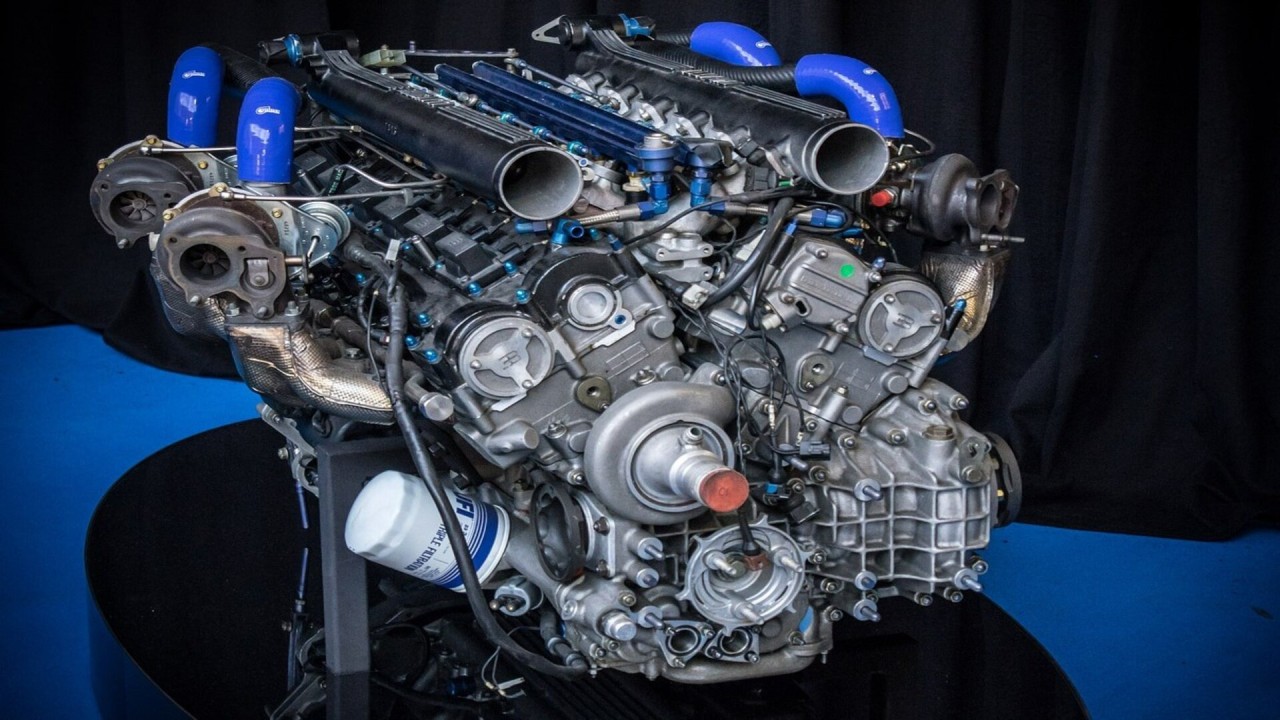The Pursuit for Ultimate Driving Power: Checking Out the Peak of Engine Performance and Technological Breakthroughs in the Automotive Market
In the realm of automobile design, the pursuit of maximum driving power has actually been a relentless mission that has actually unravelled through the development of engine design and the combination of innovative technologies. From the thorough workmanship of burning engines to the rapid improvements in electrical propulsion systems, the vehicle market stands at the cusp of a new age identified by extraordinary performance abilities. As scientists and engineers delve deeper right into the worlds of computational liquid characteristics and explore ingenious gas technologies, the perspective of possibilities expands significantly. Remain tuned as we unravel the elaborate tapestry of technological innovations that are shaping the future of automobile power and performance.
Evolution of Engine Design

Furthermore, the combination of turbocharging and turbo charging technologies has changed engine style by enhancing power without substantially increasing engine size. These forced induction systems press the consumption air, enabling for even more gas to be ignited, thereby producing better power output from a smaller sized engine. This advancement has been especially critical in enhancing the performance of smaller sized variation engines while keeping gas performance standards.

Performance-Enhancing Gas Technologies
The implementation of advanced gas technologies has actually substantially contributed to improving engine efficiency in modern-day lorries. Biofuels, acquired from eco-friendly resources like algae, sugarcane, or corn, deal boosted and reduced exhausts engine efficiency. Additionally, fuel ingredients and detergents are being developed to clean engine components, enhance combustion, and minimize rubbing, thereby improving total automobile efficiency.
Developments in Electric Propulsion
Considerable strides in electrical propulsion modern technology have actually revolutionized the auto industry, leading the way for a new age of sustainable and effective transportation. Electric vehicles (EVs) are acquiring popularity because of their ecological benefits and developments in battery modern technology, making it possible for longer driving arrays and much shorter charging times. Makers are spending heavily in research study and advancement to improve the performance of electric propulsion systems, concentrating on enhancing power output, improving power performance, and lowering total weight.
One significant innovation in electrical propulsion is the development of advanced electric motors that deliver higher torque and power density, causing boosted acceleration and general driving performance. Additionally, regenerative stopping systems have been fine-tuned to capture and save energy during slowdown, additional increasing the efficiency of EVs.
Moreover, the integration of smart modern technologies, such as expert system and anticipating analytics, is enhancing the management of electrical propulsion systems, making certain ideal performance under different driving conditions. These innovations in electric propulsion are reshaping the automotive landscape, driving the sector towards an extra sustainable and energized future.
Impact of Computational Liquid Characteristics
With advancements in electrical propulsion pushing the limits of auto technology, the assimilation of Computational Fluid Characteristics is playing a pivotal function in maximizing aerodynamic efficiency and improving total effectiveness visit this website in lorry design. Computational Fluid Characteristics (CFD) involves the usage of computer simulations to examine the circulation of air around a vehicle, allowing designers to predict how style adjustments will affect the rules of aerodynamics without the demand for costly physical models. By accurately modeling airflow patterns, CFD enables for their website the improvement of vehicle shapes to minimize drag, improve cooling, and improve security.
One trick advantage of utilizing CFD in lorry design is the ability to iterate rapidly, checking out many layout variations to determine the most aerodynamically effective options. This repetitive procedure causes automobiles that are not just sleeker and much more aesthetically enticing but also more fuel-efficient and ecologically pleasant. In addition, CFD makes it possible for designers to maximize airflow around parts such as radiators, engine bays, and wheel wells, adding to improved efficiency and total driving experience. Finally, the assimilation of Computational Fluid Characteristics represents a considerable step forward in the pursuit for best driving power and performance in the auto market.
Future Trends in Engine Innovation
In the dynamic landscape of vehicle engineering, advanced improvements are forming the future trajectory of engine technology. The future of engine style is marked by a solid emphasis on efficiency, sustainability, and effectiveness. Manufacturers are significantly focusing on creating engines that not just supply high power outcomes yet likewise focus on environmental obligation by improving and reducing discharges gas efficiency.
One prominent pattern in engine innovation is the increase of electrification. Crossbreed and electric powertrains are acquiring grip as viable choices to traditional combustion engines. These modern technologies offer the capacity for substantial decreases in carbon exhausts and enhanced energy performance, lining up with international efforts to combat environment change.
Additionally, innovations in products science and manufacturing methods are making it possible for the manufacturing of lighter and more durable engine elements. This shift towards lightweight materials such as carbon fiber and aluminum alloys adds to boosted efficiency and gas economic climate.
Verdict
In verdict, the pursuit of ultimate driving power in the automotive sector remains to drive advancements in engine design, gas modern technologies, electrical propulsion, and computational liquid characteristics. The evolution of these innovations is shaping you could look here the future of engine advancement, leading the way for a lot more powerful and effective cars (engines for africa). As the market continues to push the boundaries of what is possible, we can anticipate to see much more groundbreaking developments in the pursuit for peak efficiency
One of the vital landmarks in engine design evolution is the change from conventional carbureted engines to modern fuel-injected systems. By specifically metering the gas shipment to each cylinder, fuel-injected engines optimize combustion, resulting in far better efficiency and decreased environmental effect.
Moreover, the integration of turbocharging and turbo charging innovations has changed engine style by enhancing power without significantly raising engine size (engines for africa).The implementation of sophisticated fuel modern technologies has significantly added to enhancing engine efficiency in contemporary lorries. Furthermore, gas additives and cleaning agents are being formulated to tidy engine components, enhance combustion, and minimize friction, thereby enhancing general lorry performance